Almost half of 812 cities surveyed worldwide still do not have climate adaption plans despite them admitting future risks from water shortages, heat and disease.
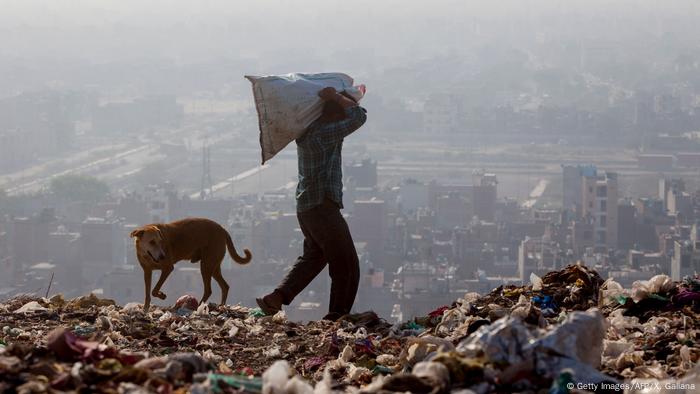
Cities around the world need at least $72 billion (€59 billion) to finance environmental projects
Many cities lack a plan to tackle climate change, a London-based think tank said in a report on Wednesday.
Among 812 cities examined across all continents, 43% had not yet drafted climate adaption plans despite most being aware of the risks such as heatwaves and flooding, the CDP (formerly called the Carbon Disclosure Project) found. The group is backed by charities to encourage sustainable investments.
While some cities are making progress, adaption plans were "urgent" in many others to keep citizens safe in fast-expanding urban areas, the CDP stressed.
Described as the world's largest environmental database, the CDP study found that 93% of cities it examined in 2020 admitted they faced "significant risks" likely to hurt "already vulnerable populations."
City councilors witnessing wildfires, heatwaves, droughts, storms and sea level rises could "now feel this and see this," asserted Mirjam Wolfrum, the CDP policy director for Europe.
"They are already paying billions in climate hazards, and they see this as increasing," said Wolfrum, noting a 17-fold surge in cities disclosing data to CDP researchers since their first report in 2011.
Ahead of November's Glasgow COP26 conference, with the UN's 1.5-degree-Celsius climate warming cap still unmet, the CDP estimated that 400 million people will be living in poorly prepared cities by 2030.
For each city a climate risk and vulnerability assessment (CRMA) was the "key step" in identifying people, infrastructure and resources at risk, said the CDP study.
And, despite 3,417 actions to build resilience, notably greening such as tree planting, a quarter of the 812 cities blamed their inaction on "budgetary constraints."
Cities increasingly saw "potential" links between infections and climate, given the COVID-19 pandemic and the $12 trillion (€9.9 trillion) spent globally on recovery so far.
Water supplies, sanitation highly at risk
Presenting urban assets seen as "most affected" by climate change by 2050, the CDP ranked as most vulnerable, city water supplies, sanitation, public health and biodiversity.
"Close monitoring and management of this risk [infectious diseases] will be essential for cities to keep citizens safe from future pandemics," said the CDP.
Cities responsible for global emissions
Cities were responsible for some 70% of global carbon emissions attributed to climate warming and therefore they were "key actors in building a resilient future for all," said Kyra Appleby, a CDP global director.
Solutions included improved green spaces, recycling, public transport and "retrofitting" of fueled vehicles and evacuation procedures for crises.
"However, in 2020 just 50% of reporting cities were taking actions to reduce emissions in buildings, only 42% were tackling transport emissions and only 34% were taking actions to decarbonize the electricity grid," noted the CDP study.
Among climate-friendly trendsetters, it highlighted Santa Fe County in the US, Greater Manchester in Britain and Penampang in Malaysia's Sabah state on Borneo.
"148 cities reported having targets aligned with a 1.5-degree Celsius future," said the CDP, forecasting "this figure is set to grow."
The 812 cities surveyed needed at least $72 billion (€59 billion) to finance environmental projects, said the CDP, with three-quarters of them looking to the private sector for funding and innovation.
The cost of inaction would "greatly outweigh" potential climate-friendly investments, insisted Wolfrum.
The World Bank says global annual losses from weather-related and other disasters in cities, estimated at $314 billion in 2015, will rise to rise to $415 billion by 2030.
ipj/aw (AFP, dpa)

GLOBAL WIND DAY: THE POWER OF WIND
Ancient origins
These windmills in Nashtifan, northeastern Iran, are among the oldest in the world. Made of clay, straw and wood and standing up to 20 meters (65 feet) tall, they've been catching the area's strong winds to grind grains into flour for centuries. One of the few such windmills still in operation, they were registered as a national heritage site by Iran's Cultural Heritage Department in 2002. POTOS 1234567
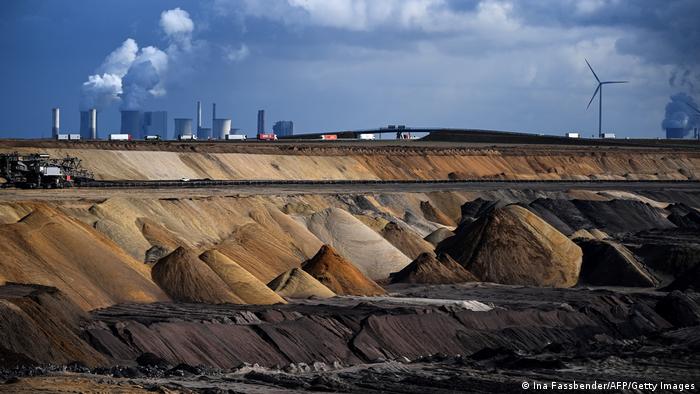
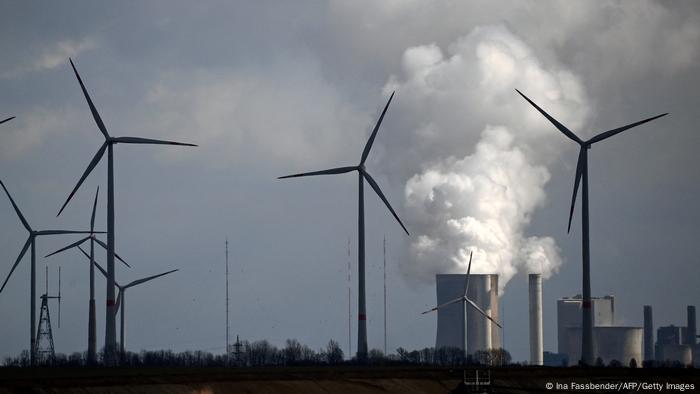
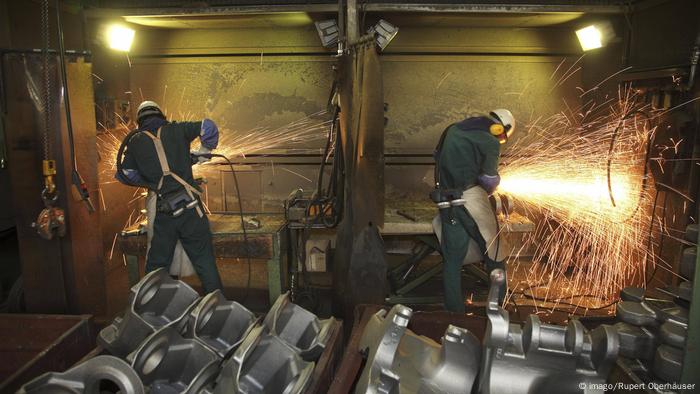
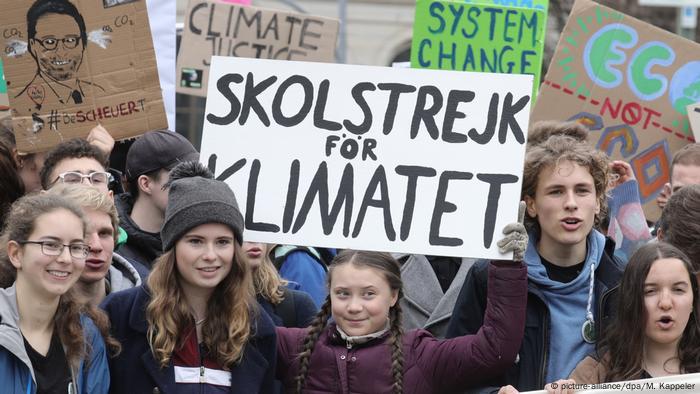

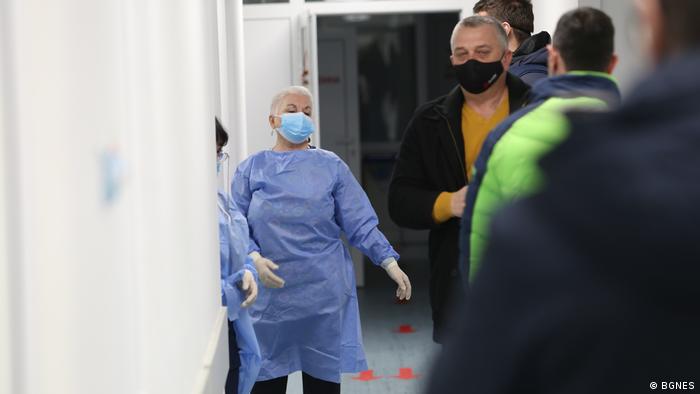
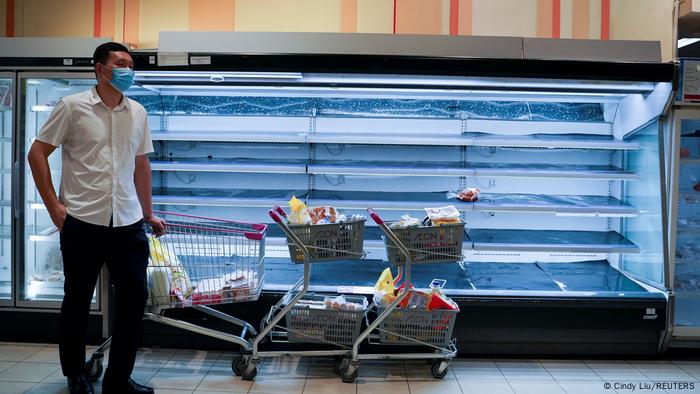
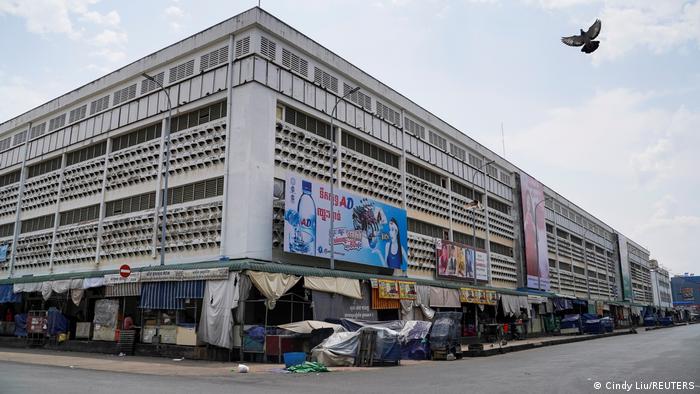

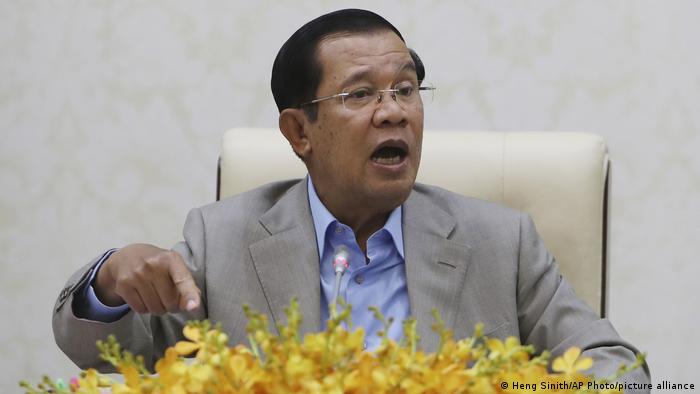










 © (Shutterstock) Getting more racialized teachers in schools creates a more diverse school community where BIPOC students feel represented and heard.
© (Shutterstock) Getting more racialized teachers in schools creates a more diverse school community where BIPOC students feel represented and heard.
